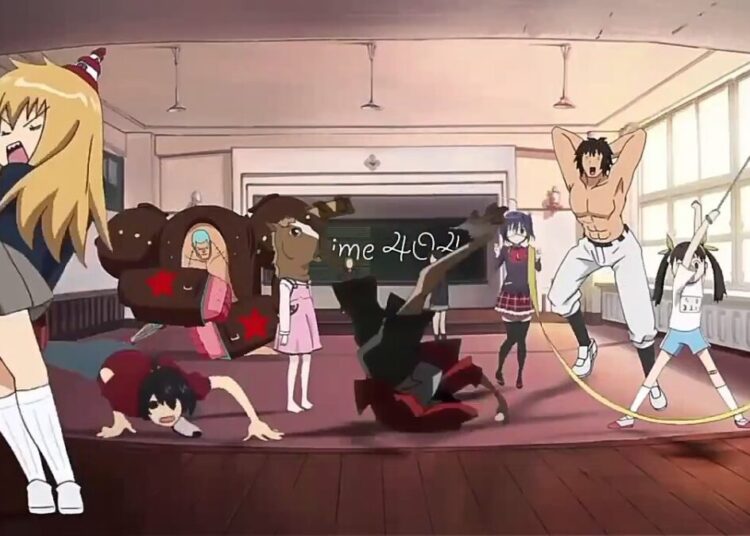One of the preconceptions I had before coming to Japan was that there were no guns here at all, so I was quite surprised when I went up into the mountains in my prefecture and noticed a NO HUNTING sign. It turns out that hunting of pheasant, wild boar and other animals is legal in many parts of Japan, although there’s an intense licensing requirement that tests for both knowledge of gun safety and mental stability of the owner (members of radical political parties need not apply). I have a Japanese friend who builds custom frames for racing bicycles, and he once showed me his prized collection of Remington rifles, which he never gets to fire because he had a weak heart, he told me dejectedly. Outside of hunting circles, guns are very rare in Japan, only possessed by police and criminals. Gun crimes are also almost nonexistent — in 2000, 8493 Americans were killed by firearms, vs. 22 in Japan, with most of those being violence between yakuza gangsters. The fact that guns are hard to get doesn’t deter “gun otaku” who love all things military: instead of buying real guns, they collect the realistic toy replicas that shoot 6 mm plastic pellets. Back when I was teaching English, by far the most common question from my students was “Did you own a gun back in the USA?”
Most foreigners I’ve known have a bit of a fixation with tatami mats when they first come to Japan. A unique symbol of minimalist interior design, tatami are rectangular mats made of igusa straw, which are pleasant to sit or lie on, and smell nice. While older Japanese houses used to feature the mats in every room, tatami have become less and less common in modern homes. In most houses, such as ours, there’s a single washitsu (Japanese-style room) with tatami mats and shoji paper doors, but the rest of the house is done in Western style. The decline in tatami mats is partially because of changes in Japanese tastes — people prefer the convenience of chairs and beds to living on the floor — but tatami are also very hard to keep clean, and they can become a haven for dust mites. Because tatami are always the same size, roughly the space one man needs to sleep, it’s useful to think of a room in terms of how many mats it holds, or would hold if there were mats laid down. An average-sized room is 6-jo (jo is the Chinese pronunciation for the tatami character), and a small room for a poor college student would likely be a 4.5-jo. After living in Japan for 14 years, I am incapable of perceiving the size of a room in square feet, but I can picture how big a room is in tatami mats very easily.
I’ve talked before about Japan’s tendency to give in to the “tyranny of the masses” — for example, skim milk is impossible to find in Japan because most Japanese like thick, creamy milk with 4.7 per cent milkfat, so only the majority gets what it wants. Similarly, there are virtually no vegetarians here, so vegans visiting from overseas are often unhappy to find meat or animal products in almost every kind of food prepared in Japan. In a similar show of over-uniformity, Japanese parents sometimes “fix” children who show signs of left-handedness, and force them to use their right hands. The rationale used to be that kids need to learn how to do math using an abacus, which can only be used with the right hand. Supposedly they don’t fix lefties anymore, but I distinctly remember my wife gently “correcting” our son when he was a baby and tried to do something with his left hand. Incidentally, my wife has the equivalent of a brown belt in abacus calculation, and can sit there and add up complex numbers even by moving her hand over an imagery abacus — she doesn’t need a real one.















